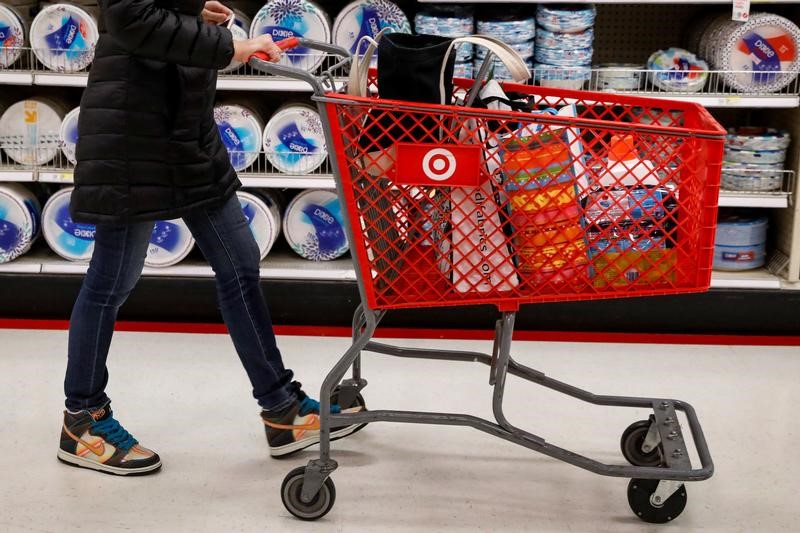By Scott Kanowsky
Investing.com -- Inflation in the U.S. eased by more than expected in July, but remains around its highest level in four decades despite aggressive monetary tightening from the Federal Reserve.
The July consumer price index showed an uptick of 8.5% compared with the same month last year, while the reading stagnated versus June. The figures are down from the prior red-hot rise of 9.1% annually and 1.3% month-on-month in June.
Economists had estimated an annual rise of 8.7% and a monthly increase of 0.2%.
Meanwhile, core CPI - which takes highly volatile food and energy prices out of the index - posted a monthly uptick of 0.3% against 0.7% in June and remained steady at 5.9% on a yearly basis.
The annual decline is unlikely to change the narrative for the Fed, which has rolled out a series of large interest rate hikes in a bid to quell soaring inflation. The Fed has previously said that it will need to see several months of declines in CPI growth before it pumps the brakes on increasing borrowing costs.
The central bank still has a set of August economic indicators to mull over ahead of its next rate decision, but investors will be looking for potential clues for its reaction to Wednesday's data in comments later today from Fed officials Charles Evans and Neel Kashkari.
The fresh inflation data comes after an unexpected surge in the July labor market report quieted some concerns over a potential recession in the U.S. The strong jobs number also bolstered the Fed's argument that its current interest rate path will help keep the world's largest economy from expanding at an unsustainable pace.
The dollar index - which measures the greenback against a basket of other major currencies - was trading down by 0.39% at 105.95 in the wake of the inflation data. Futures for the Dow Jones, S&P 500 and Nasdaq all pointed higher as well.
